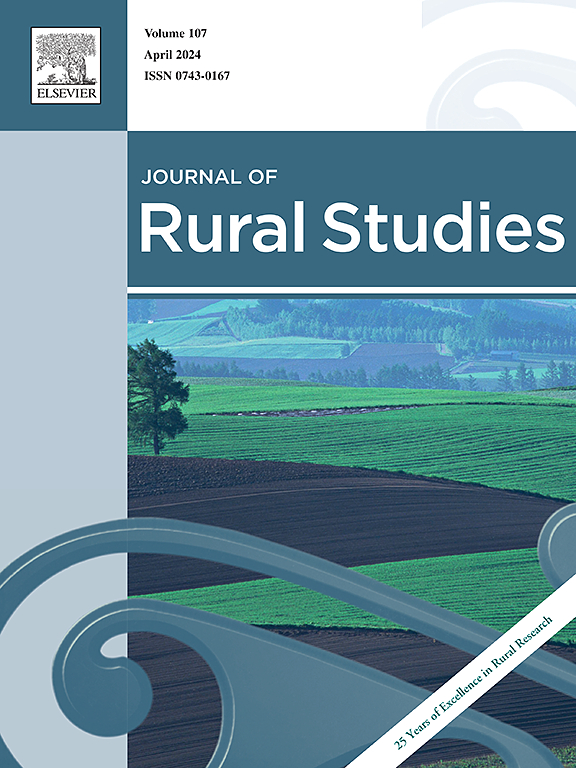二十年来瑞典小学的关闭情况:地理特征和距离的作用
IF 5.1
1区 社会学
Q1 GEOGRAPHY
引用次数: 0
摘要
长期以来,学校关闭往往被视为 "农村问题 "和/或城乡二元对立。我们认为,这种粗略的表述应借助市镇内部和市镇之间的分析来加以细化,因为农村市镇之间和市镇内部存在差异和多样性。在此基础上,我们利用瑞典官方统计数据,对 1997 年至 2017 年间有不同小学关闭经历的瑞典城市的地理特征进行了空间分类分析。结果显示,农村市镇班级失去的小学要多得多,占 24.5%,而城市市镇班级仅占 0.3%,但农村市镇班级和市镇之间以及农村市镇班级和市镇内部在失去的小学、失去小学的地区、小学与市镇人口中心的集中程度以及小学与市镇人口中心平均距离和中位距离的减少等方面也存在很大差异。在某些情况下,农村市镇班级的表现要好于城市班级、与城市班级持平或略逊一筹。总之,有必要进行更加细分的空间分析,以了解不同地理环境下发生的情况,因为 "城 市 "和 "农村 "这两个类别掩盖了更加详细但仍然重要的空间差异。本文章由计算机程序翻译,如有差异,请以英文原文为准。
Elementary school closures in Sweden over two decades: Geographical characteristics and the role of distance
School closures have for long often been seen as a ‘rural issue’ and/or as a rural-urban dichotomy. We posit that such crude representations should be nuanced by help of intra- and inter-municipality analysis as there are differences and diversity between and within rural municipality classes. Based on this, we use official Swedish statistics to perform a spatially disaggregated analysis of the geographical characteristics of Swedish municipalities with different experiences of elementary school closures between 1997 and 2017. The results show that rural municipality classes lost considerably more elementary schools, 24,5 % compared to only 0,3 % in urban municipality classes, but also show large differences between and within rural municipality classes and municipalities, both in terms of lost elementary schools, localities who has lost elementary schools, concentration of elementary schools to municipal population centers, and decreases in mean and median distances from elementary schools to municipal population centers. In some cases rural municipality classes fared better, performed at par, or only slightly worse to their urban counterparts. In conclusion, there is a need for a more disaggregated spatial analysis to understand what is happening in different geographical contexts, since the categories of ’urban’ and ’rural’ hide more detailed but still important spatial differences.
求助全文
通过发布文献求助,成功后即可免费获取论文全文。
去求助
来源期刊

Journal of Rural Studies
Multiple-
CiteScore
9.80
自引率
9.80%
发文量
286
期刊介绍:
The Journal of Rural Studies publishes research articles relating to such rural issues as society, demography, housing, employment, transport, services, land-use, recreation, agriculture and conservation. The focus is on those areas encompassing extensive land-use, with small-scale and diffuse settlement patterns and communities linked into the surrounding landscape and milieux. Particular emphasis will be given to aspects of planning policy and management. The journal is international and interdisciplinary in scope and content.
 求助内容:
求助内容: 应助结果提醒方式:
应助结果提醒方式:


